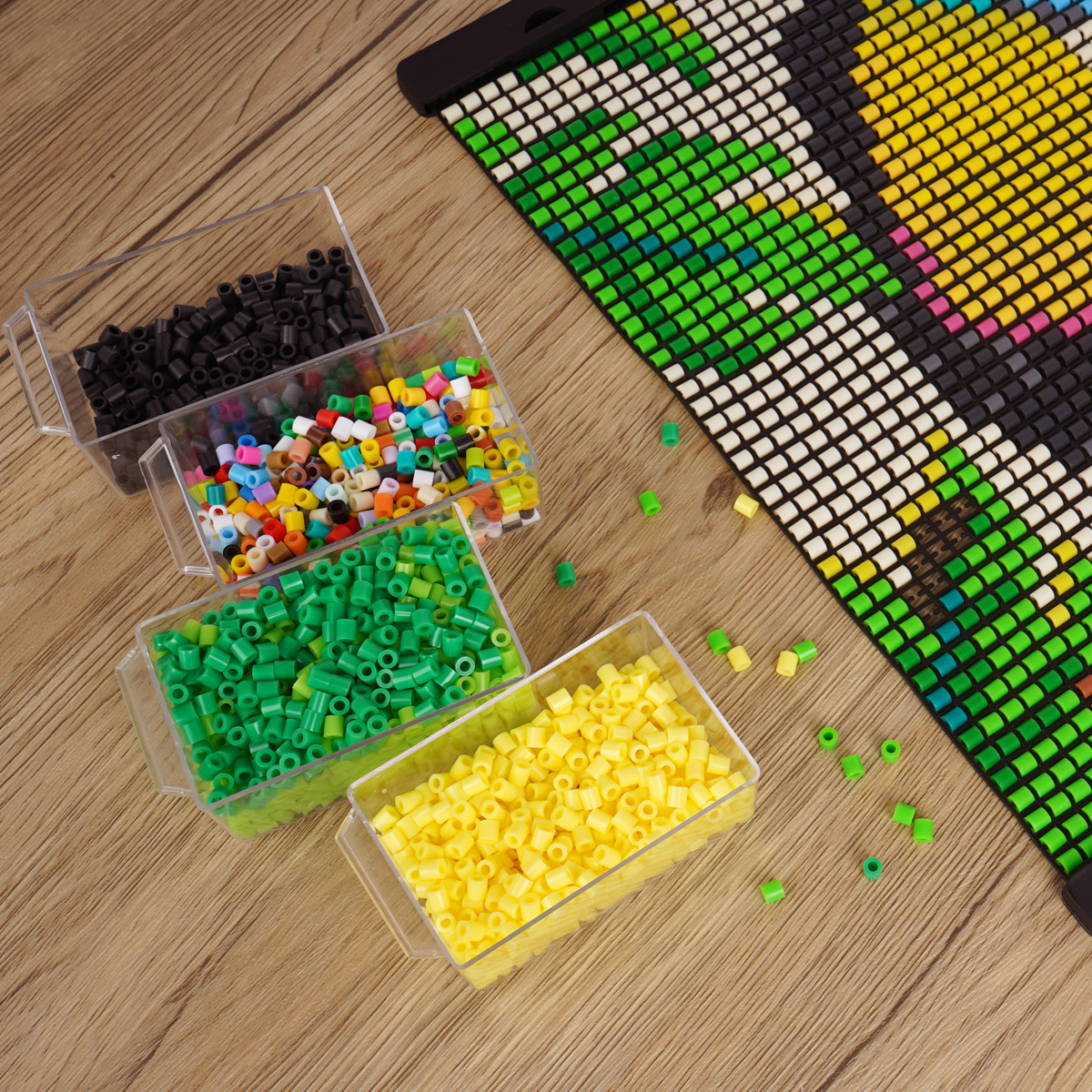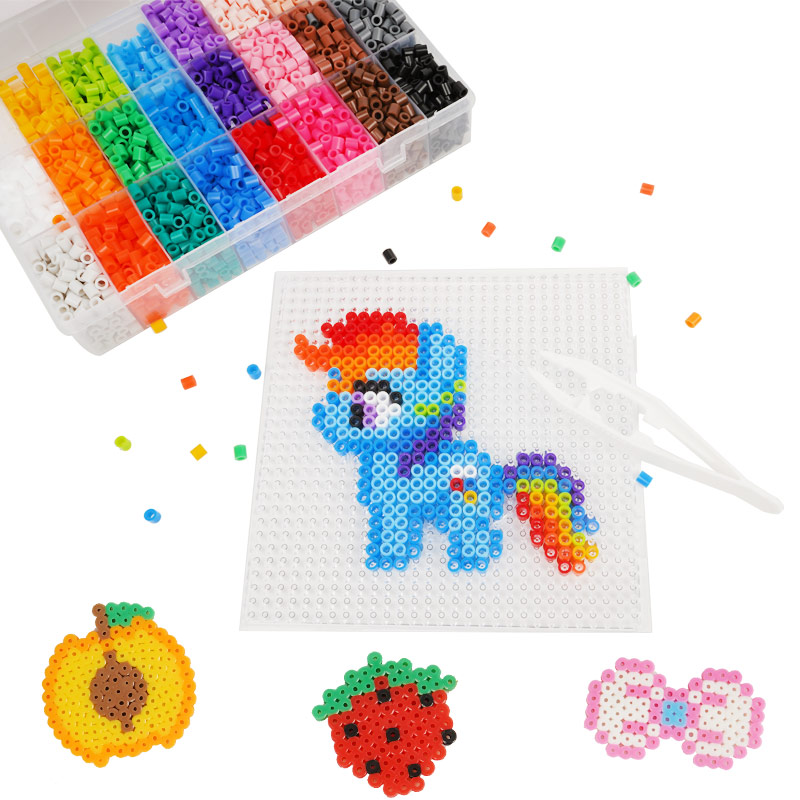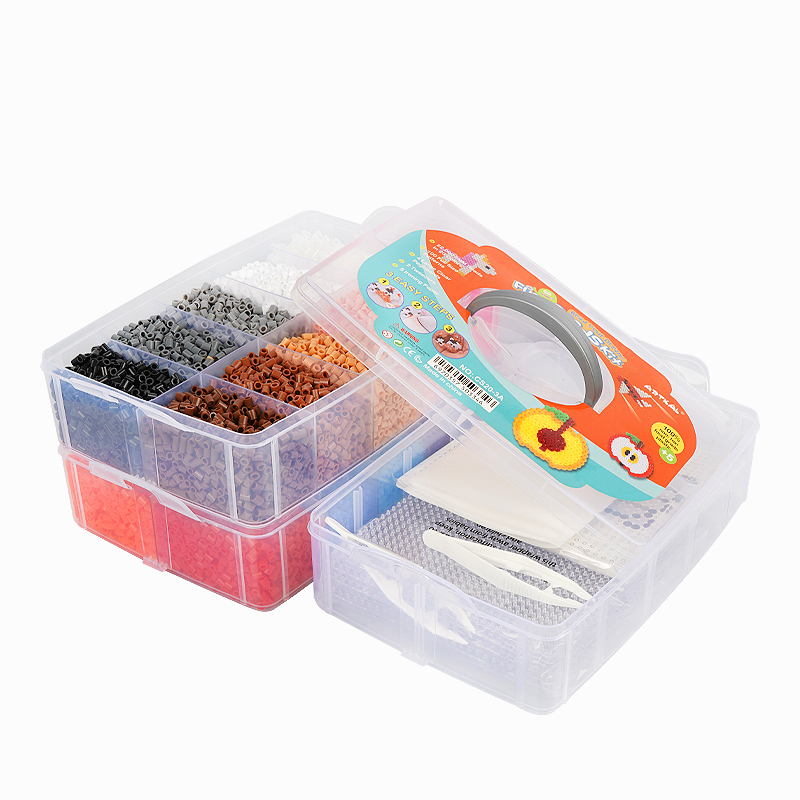Pixel projects, a term that encapsulates a vast and vibrant field of digital and physical art, stand at the intersection of technology and creativity. This form of artistry, known as pixel art or pixel artwork, harnesses the minimalistic yet expressive potential of pixels—the smallest controllable elements of a picture on a display. Pixel projects are not merely a nod to the nostalgic era of early video game design but also a thriving contemporary art form and hobbyist passion that crosses into both digital and tangible realms.
The Essence of Pixel Art
At its core, pixel art is the practice of creating images and designs at the pixel level, where artists meticulously place each pixel to build up detailed and visually appealing pieces. This art form is characterized by its blocky, grid-like appearance, a direct result of working with individual pixels. Pixel artwork can range from simple and charming designs reminiscent of 8-bit and 16-bit video games to complex and detailed scenes that push the boundaries of what can be achieved with this constrained medium.

The Digital Realm: Video Games and Beyond
Pixel art first gained prominence through its use in early video games. Due to hardware limitations, game developers had to communicate characters, environments, and narratives using a limited number of pixels and a constrained color palette. This necessity birthed an entire culture of pixel artwork, with classics like "Super Mario Bros." and "The Legend of Zelda" showcasing how expressive and immersive pixel-based designs could be.
Today, the pixel project ethos lives on in the realm of indie games and digital art. Modern tools and software have democratized the creation of pixel art, allowing both professionals and hobbyists to experiment and produce works that span genres and styles. Digital pixel art is celebrated for its precision, its ability to evoke nostalgia, and its unique aesthetic that stands out in the high-resolution world of today.

The Physical World: Beads and Beyond
Pixel art transcends the digital space, manifesting physically through crafts and DIY projects. One popular medium is the use of small, colorful beads (like Perler beads or Artkal beads) that can be arranged on a pegboard to replicate pixel designs. These beads are then fused together with heat, translating digital pixel artwork into tangible pieces that can be displayed and appreciated in the physical world.This crossover from screen to physical form represents a unique blending of digital and traditional art techniques. It not only provides a hands-on approach to pixel art for enthusiasts of all ages but also revitalizes the concept of pixel projects in home decor, fashion, and education, teaching concepts of design, planning, and patience.

Pixel Projects: A Community and Culture
The culture surrounding pixel projects is as diverse as the artwork itself. Online communities and social media platforms have become hubs for sharing creations, tutorials, and inspirations. From intricate pixel artwork that depicts sprawling fantasy landscapes to minimalist designs that convey stories through a few carefully chosen pixels, the range of work produced is a testament to the creativity and versatility of pixel artists.
Moreover, pixel projects carry a sense of nostalgia that resonates with many. They hark back to a time when digital worlds were simpler yet no less imaginative. This blend of nostalgia and creativity makes pixel art appealing to a wide audience, bridging generational gaps and bringing together a community of artists, gamers, and DIY enthusiasts.
Conclusion:
Pixel projects represent a vibrant and enduring intersection of art, technology, and culture. From the digital screens of video games to the tangible creations of bead art, the essence of pixel art—pixel project—continues to inspire and captivate. As technology advances and creative communities grow, the exploration of what can be achieved with a simple pixel expands, ensuring that pixel art and pixel projects remain a dynamic and beloved form of expression in both digital and physical art worlds.

